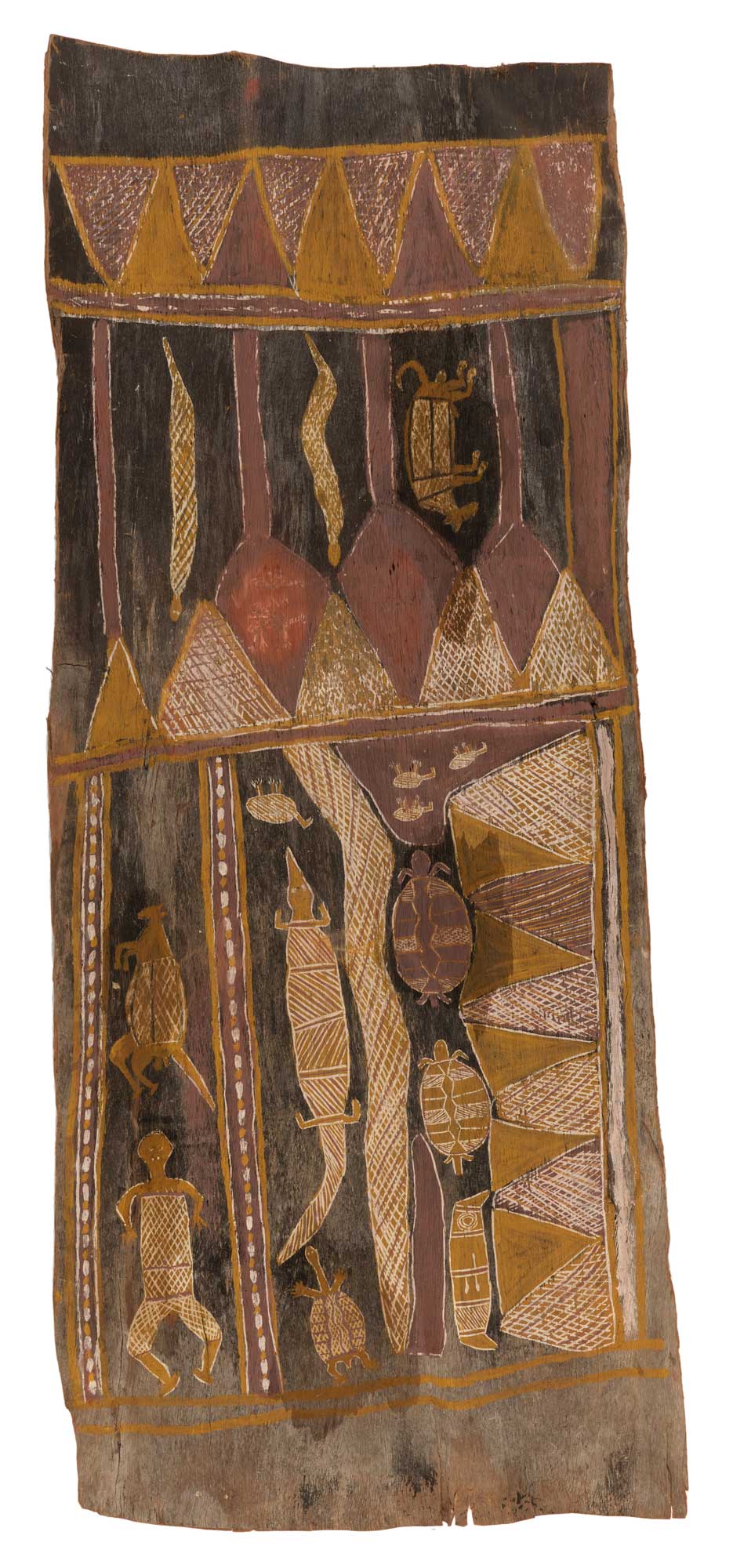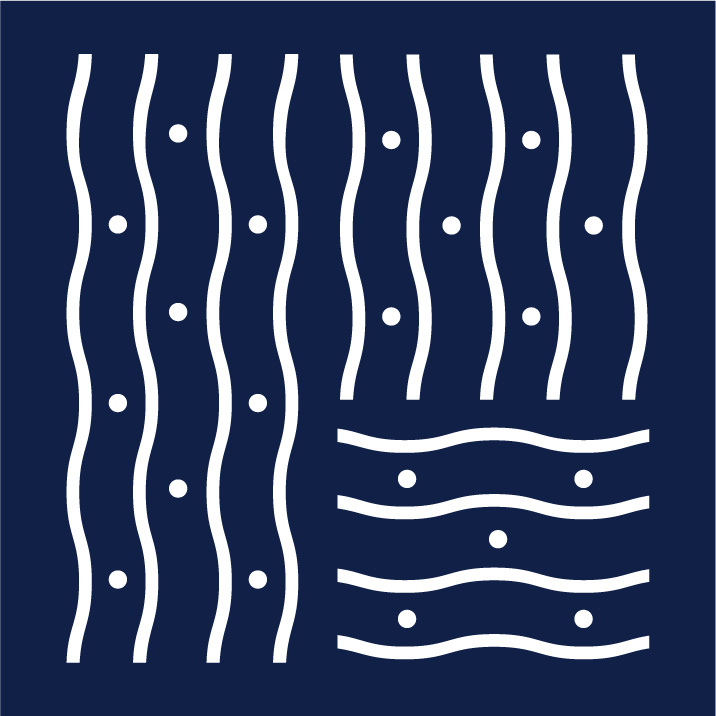
"Gurruṯu (the Yolŋu kinship system) creates obligations under our Law. We must listen to one another and come together to work out agreements between the clans. These decisions cannot be made by any single person. Our elders are the decision makers,
and when they come together, they are the only people allowed to speak.
These obligations can also be seen in the relationship we call yothu–yindi, which means child and mother. My mother was of the Maḏarrpa clan of the Yirritja moiety. Because I was brought into the world by a Maḏarrpa woman, it means that I am the djuŋgayi, or caretaker, for that clan. When the Maḏarrpa hold a special ceremony, I must direct their ceremonial dances. And when the Djapu’ hold our ceremony, they (the Maḏarrpa clan) must tell me what we must do, because they are my mother’s clan, and I must follow their lead. One of the men from their clan will direct me, because that is his job as djuŋgayi. He will tell me what to do, and I will do it.
That is what being a djuŋgayi means. That is the Law, and it has been used for many years, Dhuwa and Yirritja."
– WÄKA MUNUŊGURR
More Info
In September 1932, five Japanese fishermen were killed after disrespecting elders of the Djapu’ clan at Caledon Bay. A police expedition was dispatched to investigate, one of whom, Constable Albert McColl was also killed. Four Yolŋu men were arrested and taken to Darwin for trial. Three brothers Mäw Munuŋgurr, Natjiyalma Munuŋgurr, and Ŋarkaya Munuŋgurr—sons of the great Djapu’ clan leader Woŋgu Munuŋgurr—were convicted of killing the fishermen and sentenced to life in prison. A fourth man, Dhäkiyarr Wirrpanda, was acquitted, but disappeared mysteriously after being released, presumed by many to have been murdered by associates of McColl.
As tensions mounted, the anthropologist Donald F. Thomson offered to travel to Arnhem Land on a peace mission. He met with Woŋgu in July 1935 and the pair built a relationship of trust. Thomson facilitated the exchange of mäk (message sticks), between Woŋgu and his three sons in prison and negotiated their release. In return, Woŋgu agreed to maintain peace in northeast Arnhem Land.
This painting was created by Woŋgu in July 1935. It is the first of several masterpieces that he and his sons painted for Thomson. Woŋgu used the term miny’tji to describe elements of the painting, distinguishing between the “purely ornamental” and those patterns with special significance. This profoundly important painting represents a turning point in global art and the history of cross-cultural relations in Australia.
While Woŋgu Munuŋgurr belonged to the Djapu' clan of the Dhuwa moiety, in this painting, he has painted Yirritja designs for which he was the djungayi or ceremonial manager. This painting relates to the waters of Mayawundji, a region shared by both the Maŋgalili and Munyuku clans. Woŋgu had authority to paint these designs through his mother.
– Kluge-Ruhe Aboriginal Art Collection
Additional Information
Decade
1935
Medium
Natural pigments on eucalyptus bark
Dimensions (IN)
56 5/8 x 23 7/8
Dimensions (CM)
144 x 61
Credit
Donald Thomson Collection. University of Melbourne. DT57.
Narrative
Munyuku
The Munyuku clan belongs to the Yirritja moiety. Major spiritual themes relate to marine life...
Location
1930s
In the 1930s, Yolŋu in northeast Arnhem Land found their lives radically interrupted by the...
About The Artist(s)

Clan
Gupa-Djapu’
Artist Dates
c.1884-1958
Alternative Names
Ongoo, Wonga, Wongo, Wongu
Woŋgu Munuŋgurr
Woŋgu Munuŋgurr was the Djapu’ leader and statesman who navigated the most challenging moment of cross-cultural relations for Yolŋu in the twentieth century. Following the Caledon Bay crisis, he negotiated a peace treaty with Donald Thomson and, in 1935, initiated the practice of painting on bark for cross-cultural exchange in northeast Arnhem Land. With Thomson, he convened the Northern Territory Special Reconnaissance Unit to protect Arnhem Land from Japanese invasion during World War II. He had more than twenty wives and at least sixty children.
Collections Represented
Art Gallery of New South Wales
Berndt Museum of Anthropology, University of Virginia
University of Melbourne
